BioAmp EXG Pill is a small, powerful analog-front-end (AFE) biopotential signal-acquisition board that can be paired with any microcontroller unit (MCU) or single-board computer (SBC) with an analog-to-digital converter (ADC) such as Arduino UNO & Nano, Espressif ESP32, Adafruit QtPy, STM32 Blue Pill, BeagleBone Black, and Raspberry Pi Pico, to name just a few. It also works with any dedicated ADC, like the Texas Instruments ADS1115 and ADS131M0x, among others.

BioAmp EXG Pill is capable of recording publication-quality biopotential signals like ECG, EMG, EOG, and EEG, without the inclusion of any dedicated hardware or software filters. Its small size allows easy integration into mobile and space-constrained projects, and its powerful noise rejection makes it usable even when the device is close to the AC mains supply. Any 1.5 mm diameter wire can be used as a strain-relieving electrode cable, making it very cost-effective in comparison to the other available options.
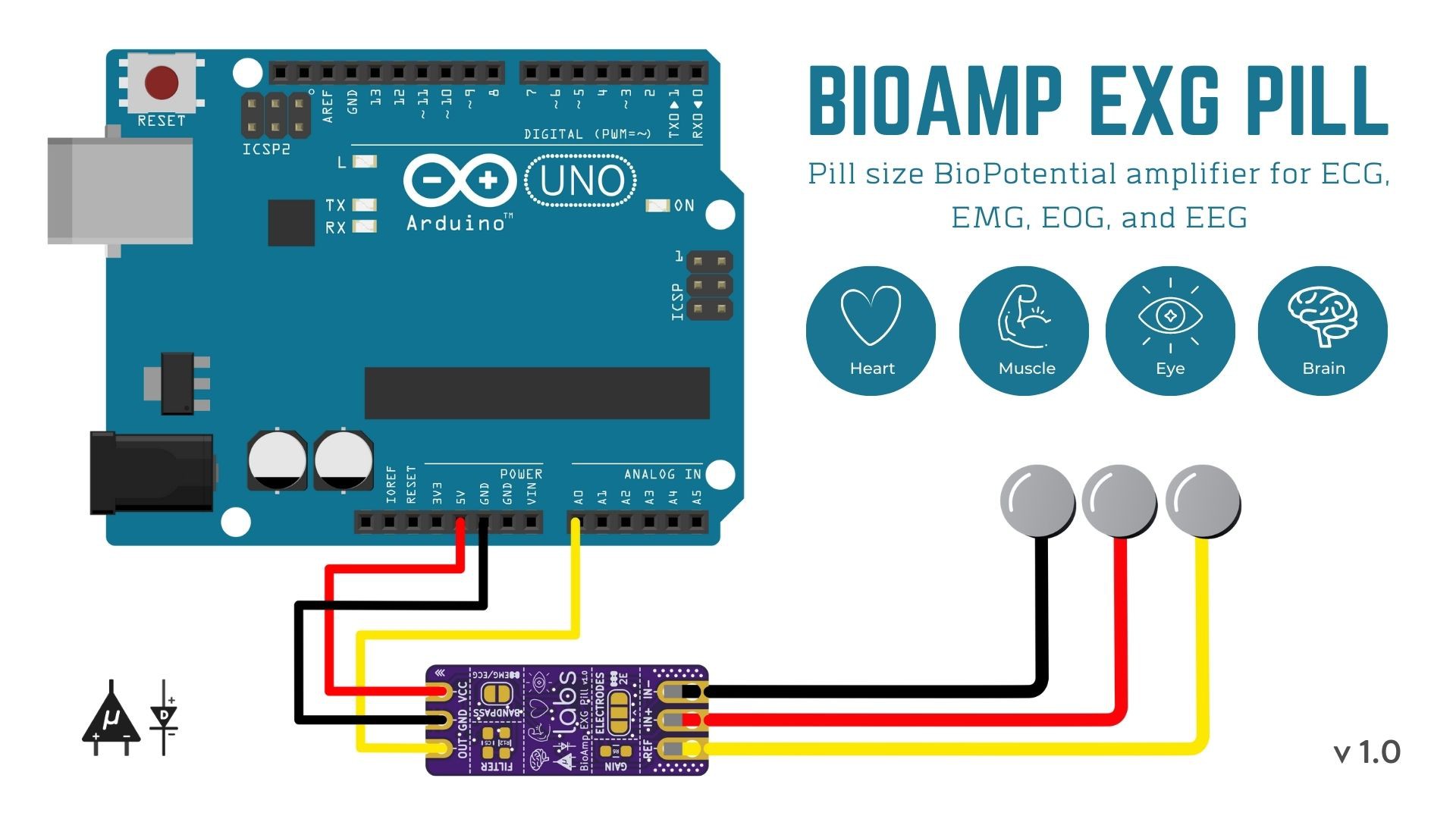
It is by default compatible with 5V but you can make it compatible with 3.3V devices as well using a voltage divider as shown in the diagram below:
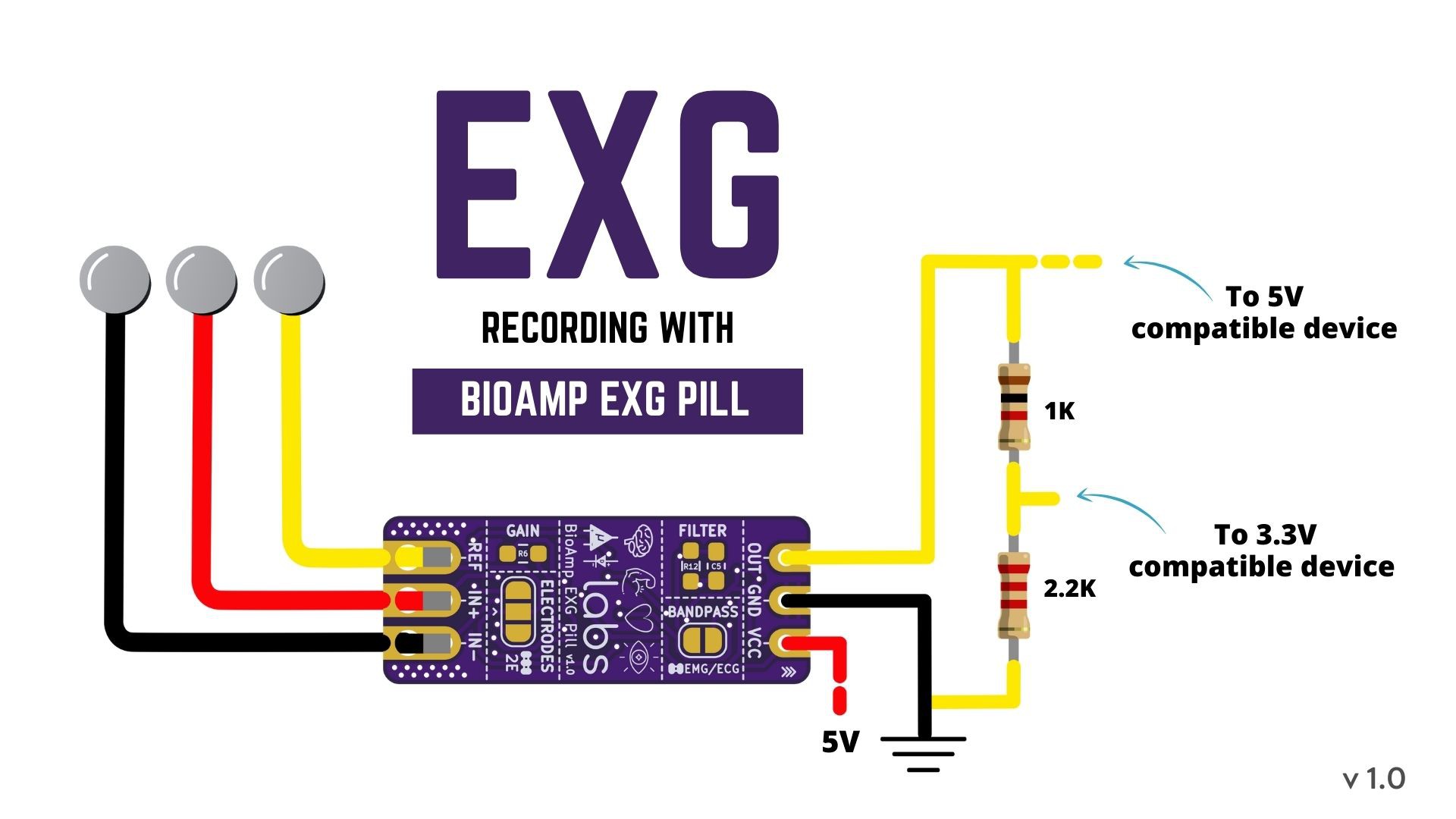
Features & Specifications
| Input Voltage | 4.5 - 40V |
| Input Impedance | 10^12 Ω |
| Compatible Hardware | Any ADC input |
| Biopotentials | ECG EMG, EOG, or EEG (configurable bandpass) | By default configured for EEG and EOG |
| No. of channels | 1 |
| Electrodes | 2 or 3 (configurable) | By default configured for 3 electrodes |
| Dimensions | 25.4 x 10.0mm |
| Open Source | Hardware + Software |
A lot has improved from v1.0b to v1.0 which is probably the final version of BioAmp EXG Pill. The feedback received from customers and the research and development we have done in the last several months have been fruitful to make improvements in the final version (v1.0) in terms of interference rejection and signal-to-noise ratio.
The YouTube video below shows the ECG, EMG, EOG, and EEG recording using v1.0b of the device.
Board Pinout Diagrams:
Front
BioAmp EXP Pill’s elegant design allows it to be used in 3 ways:
- Pin-header holes allow you to solder (berg strip) pin headers for easy use with a breadboard
- Castellated holes allow you to solder BioAmp EXG Pill directly onto a custom PCB that requires biopotential-amplification capabilities
- Electrode holes allow you to use any 1.5 mm diameter wire as an electrode cable with minimal strain

Back
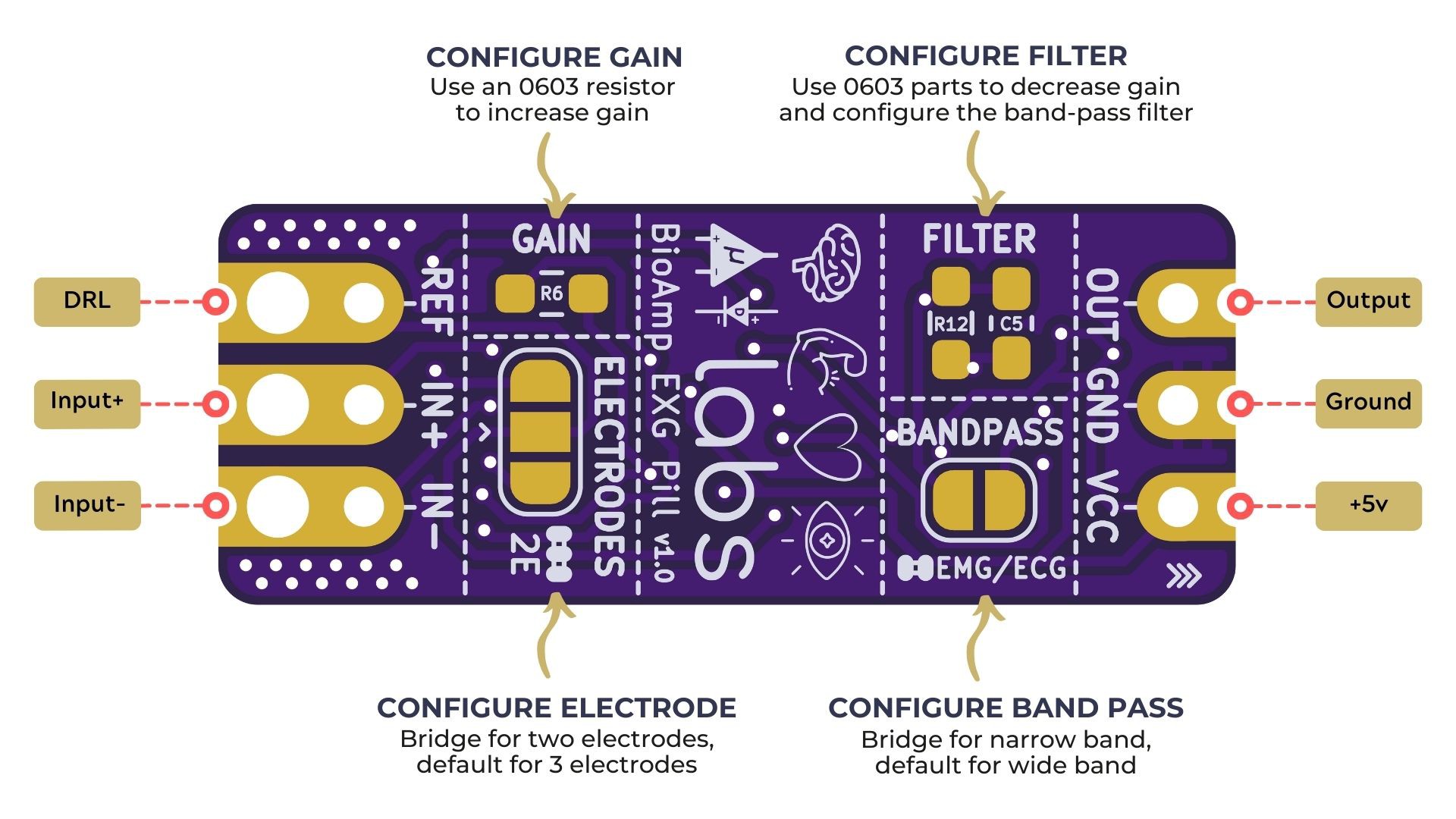
BioAmp EXG Pill is fully configurable as you can:
1. Increase the gain of the instrumentation amplifier by using a 0603 resistor at R6. Decrease gain and configure the bandpass filter by using 0603 parts at R12 and C5. Band limiting is very useful for EOG and EEG recording. Also, the signal sometimes clips while recording ECG with electrodes very close to the heart. Creating a solder jumper for a band-pass filter helps with that. By default, BioAmp EXG Pill is configured to record EEG and EOG but you can bridge the pads (below bandpass) with solder to make it configurable for EMG and ECG.
2. The normal method of operation for best-quality signal amplification is to use 3 electrodes by default but you can bridge the pads (below electrodes) to make it configurable for 2 electrodes. The 2-electrode mode is specifically included for projects like heart (ECG) patches for HRV. It's only supposed to be used with a battery-operated setup and is quite prone to high interference noise due to a lack of proper reference on the body (This option is not recommended for most operations)
Biopotential signals that can be measured using BioAmp EXG Pill:
1. Electromyography (EMG)
Electromyography (EMG) is a technique for evaluating and recording the electrical activity produced by skeletal muscles. EMG is also used as a diagnostic procedure to assess the health of muscles and the nerve cells that control them (motor neurons). EMG results can reveal nerve dysfunction, muscle dysfunction, or problems with nerve-to-muscle signal transmission.
The images below show...
Read more » Deepak Khatri
Deepak Khatri

 hesam.moshiri
hesam.moshiri
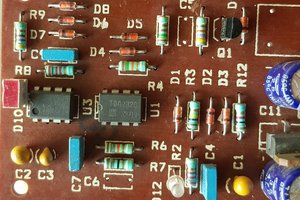
 mit41301
mit41301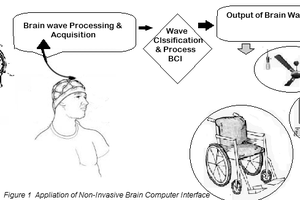
 ensafatef
ensafatef
Hey, sorry if this is spammy, but I'm asking these questions far and wide anywhere there might be someone who might know
How similar is the Taurus TGAM to the more popular neurosky TGAM? Does the Neurosky SDK work with it?
Is the Sicihiray Taurus TGAM equivalent to the Neurosky TGAM? I'm looking at getting the Sicihiray but the Neurosky has more online resources. If they're compatible, that's fine. I'm just concerned they're not